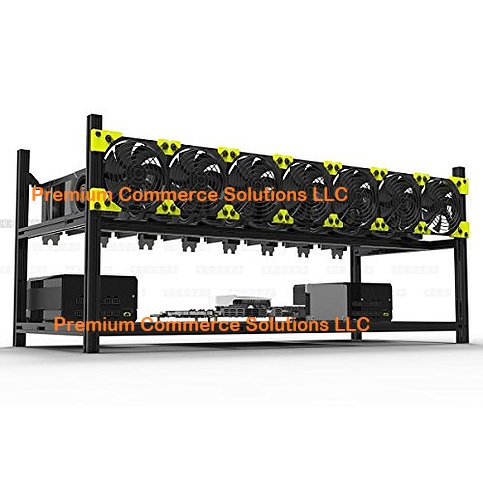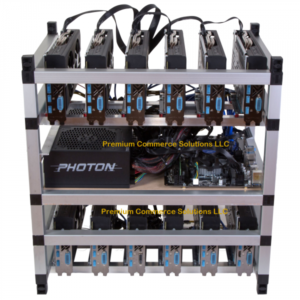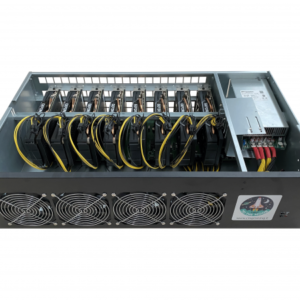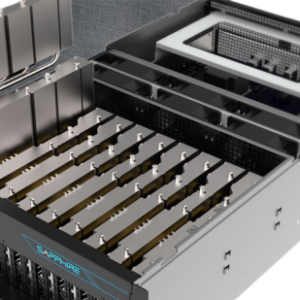Description
GPU 16 GB (2 x 8 GB) DDR4-3000
GPU 16 GB (2 x 8 GB) DDR4-3000 memory is a robust choice for cryptocurrency mining. In the world of cryptocurrency, mining is the process of using computational power to solve complex mathematical problems necessary for the validation and security of transactions on a blockchain network. This process, which involves hashing and other algorithms, often requires specialized hardware to be profitable.
Let’s break down the key components of this GPU and how they relate to cryptocurrency mining:
Memory Capacity (16 GB):
The memory capacity of a GPU is a significant factor in cryptocurrency mining, especially when dealing with certain cryptocurrencies such as Ethereum. Ethereum mining, for example, utilizes a memory-intensive algorithm known as Ethash. GPUs with higher memory capacity can efficiently handle the demands of this algorithm. More memory allows miners to process larger datasets and increase their mining efficiency.
DDR4-3000 CL15:
The specification DDR4-3000 refers to the type and clock speed of the RAM (Random Access Memory). CL15, or CAS latency 15, represents the time it takes for the memory to respond to a request. While the RAM specifications can affect overall system performance, the GPU’s processing power is generally more critical for mining. Faster RAM can enhance mining efficiency in scenarios where memory bottlenecks occur.

GPU 16 GB (2 x 8 GB) DDR4-3000
Configuration (2 x 8 GB):
“2 x 8 GB” suggests that this GPU configuration includes two 8 GB RAM modules. This arrangement can imply a multi-GPU setup, which is more common in gaming rigs using SLI (Scalable Link Interface) or Crossfire configurations. However, in cryptocurrency mining, multiple GPUs are not always necessary or efficient. It’s often more beneficial to use individual GPUs for mining different cryptocurrencies simultaneously, optimizing mining resources.
Operating System and Mining Software:
Successful mining operations depend on selecting the right operating system and mining software. Common choices include Linux or Windows for the operating system and mining software such as Ethminer for Ethereum or NiceHash for mining various cryptocurrencies. These tools are essential for configuring and running your mining operations.
ROI and Profitability:
As with any investment, determining the potential return on investment (ROI) is critical for cryptocurrency mining. It involves calculating hardware costs, electricity expenses, current cryptocurrency prices, and mining difficulty levels. The profitability of mining is highly sensitive to these factors, and it’s essential to stay informed about market trends as cryptocurrency markets are highly volatile.

Conclusion
In conclusion, a GPU with 16 GB of DDR4 memory, such as the one you mentioned, can be a powerful asset for cryptocurrency mining, especially when targeting memory-intensive cryptocurrencies like Ethereum. However, successful mining requires careful planning, including compatibility considerations, power efficiency, and a deep understanding of the constantly evolving cryptocurrency market. Cryptocurrency mining can be a profitable endeavor, but it’s not without its challenges and risks, and potential miners should perform thorough research and financial analysis before investing in mining hardware.







Reviews
There are no reviews yet.